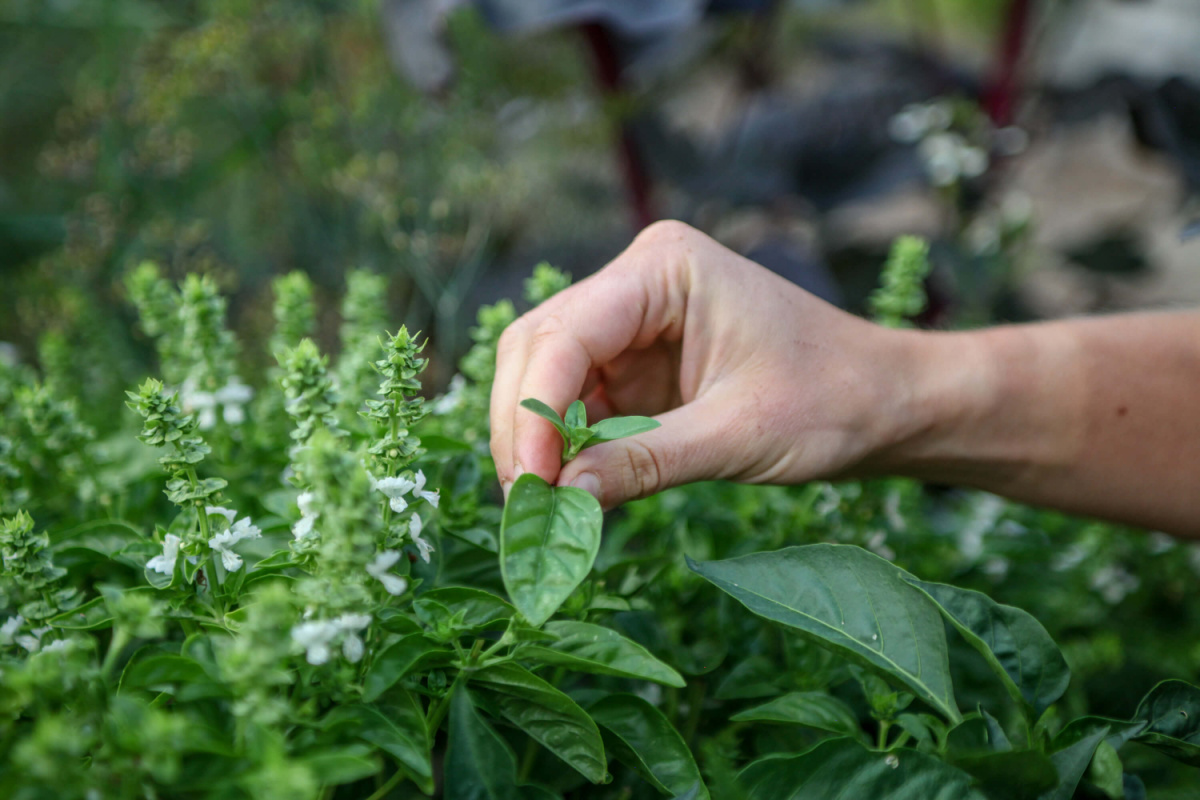Copyright 2024 © All Rights Reserved.
Managed and Optimized by Jake Schaap
Get my FREE 5 Tips to Get Your Garden Started Cheat Sheet when you sign-up for my e-newsletter!

Whether you're a beginner gardener, need ideas for what to grow in your cold climate garden, don't know where to start with designing your homestead or simply need some inspiration, check out my resources below.



